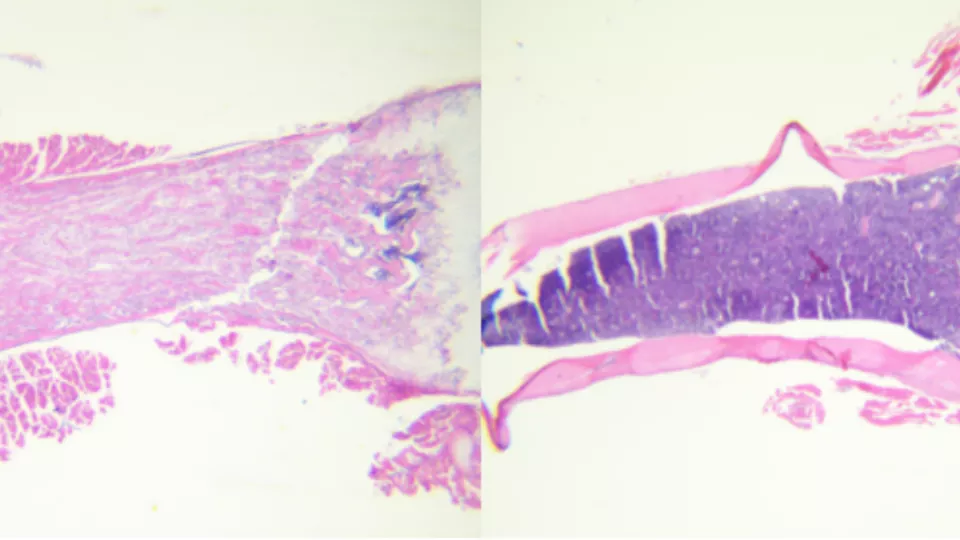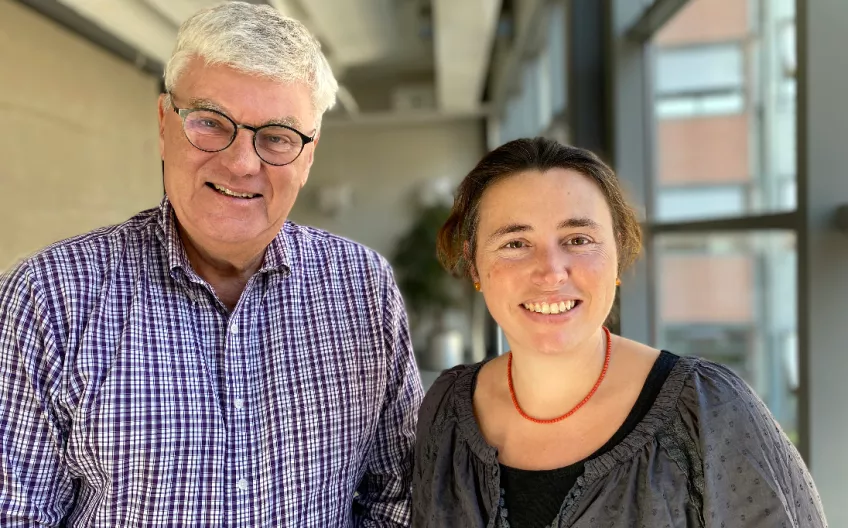Every year in Sweden a child is born with the unusual skeletal disease malignant infantile osteopetrosis, which means that the normal degradation process in the bones is not working.
- Our skeleton is not static but bone tissue is continuously broken down and rebuilt throughout life. In osteopetrosis, the cells that are supposed to break down bones are affected, which results in the skeleton becoming denser and heavier than normal, says Johan Richter, professor at the Department of Laboratory Medicine and attending physician at Skåne University Hospital.
When there is too much bone, the space for bone marrow and nerves becomes smaller. Then, for example, the optic nerve can become compressed which leads to blindness and serious illness in affected children. If the disease is not detected and treated early in life, the child might die. A stem cell transplant is necessary, but there are great risks associated with such a transplant and these patients are fragile. Therefore, alternative treatment methods are needed. The research group has conducted in vitro and preclinical studies with successful results. There are mice that suffer from a disease that is very similar to the human form. Johan Richter and his colleagues have been able to correct the genetic defect that causes the disease in these mice.
- Lentiviral vectors are a type of modified viruses that can introduce genetic material into various cells. Once the vector has delivered the healthy gene TCIRG-1, the DNA of the blood stem cells is corrected and the cells that degrade bone begin to function normally again, says Ilana Moscatelli, first author of the study.
The research results have now been published, but in order to be able to bring the research findings to the patients, clinical trials must also be carried out. The translational development is associated with large costs and there are no simple ways to obtain sufficient funding within the academic system to ensure routines and analyses from a clinical perspective.
- I was basically prepared to close down the research because I realized that our small research group does not have the financial muscles needed to take the research further, says Johan Richter.
That was when the American biotech company Rocket Pharma got in touch and was interested in a collaboration. Johan Richter thought the first email was spam, but upon renewed contact it became clear that Rocket Pharma was a serious company that had already developed a platform for the treatment of several different genetic diseases that affect blood and bone marrow.
- We have collaborated for four years now and it has worked very well and we have learned a lot during the whole process about what is required to get a clinical trial approved by the FDA (Food and Drug Administration in the USA). The paperwork alone of around 4,000 pages to be submitted to the FDA has taken around eight months to prepare. Now we hope that the clinical trial will be successful, Johan Richter concludes.



